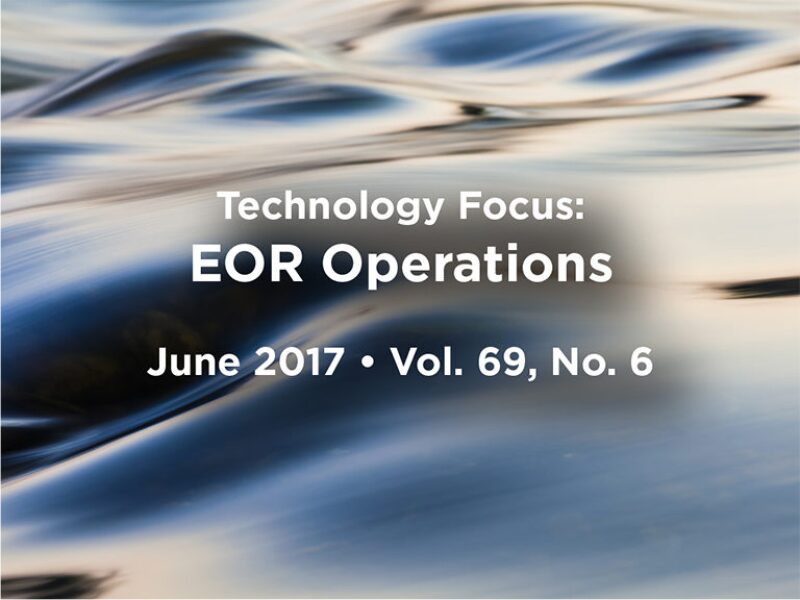This paper presents key challenges in surface-facilities-project implementation during the construction and operational-readiness phase of a project and presents results from full-field implementation. The key areas discussed are operational difference in the available technologies for concentrated-polymer dissolution, transfer of viscous polymer mother solution with minimal viscosity loss, efficacy of the pumping facility with high-viscosity non-Newtonian liquid, and supply-chain strategy.
Introduction
Because of positive responses from an enhanced-oil-recovery pilot, a full-field polymer-flood development plan was implemented in the Mangala field in India. Selecting the right facility design was of paramount importance once the pilot study confirmed the benefits of polymer flood over waterflood. A multilayered pattern drive with 129 injectors in an intense brownfield execution poses immense challenges for facility engineering.


